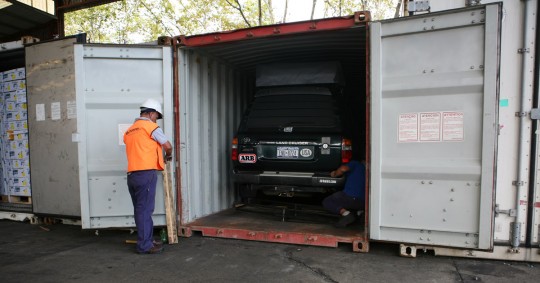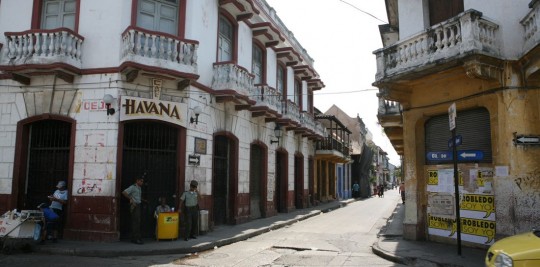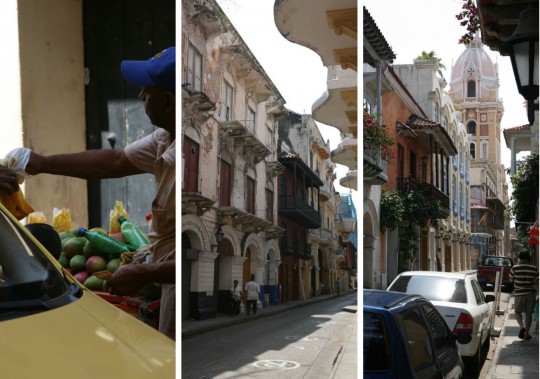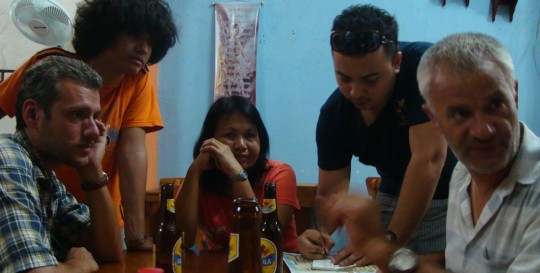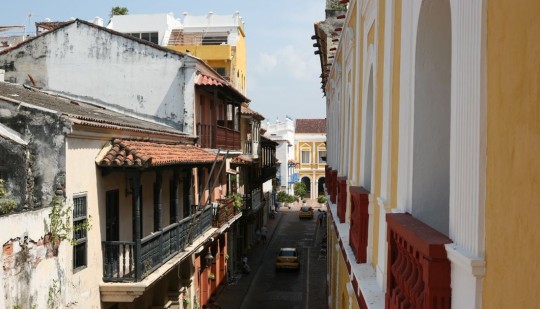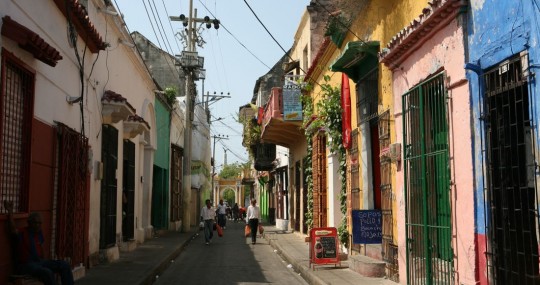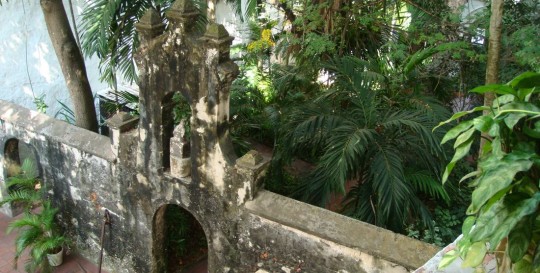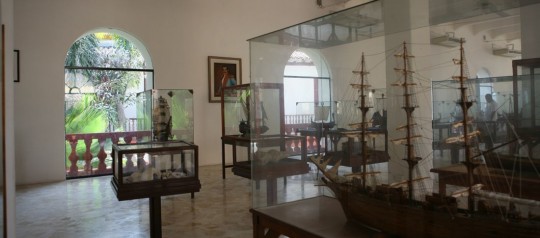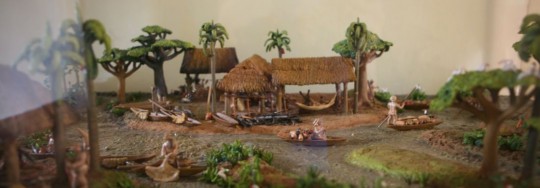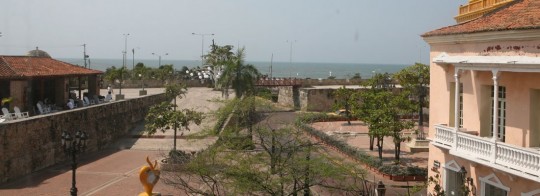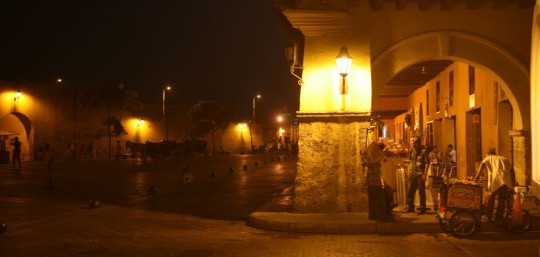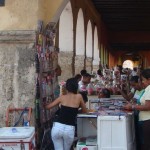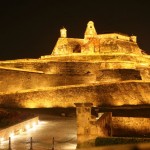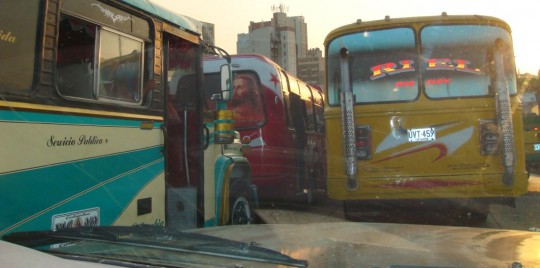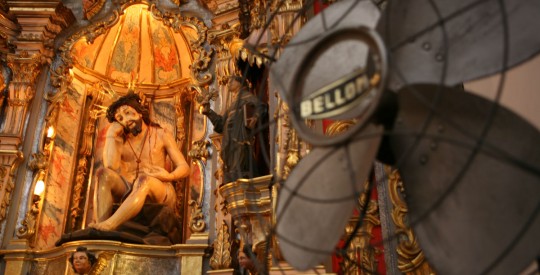
As you probably thought in the long time I did not update my blog, I made it to Buenos Aires. The two last weeks have been kind of busy, with days not always filled with the most exciting things to do, and I didn’t get much time to fill you in, so many apologies.
But let’s start from the beginning. It took Nadia and I two days from Mendoza to arrive to Buenos Aires. Straight lines as always, for a thousand kilometers.
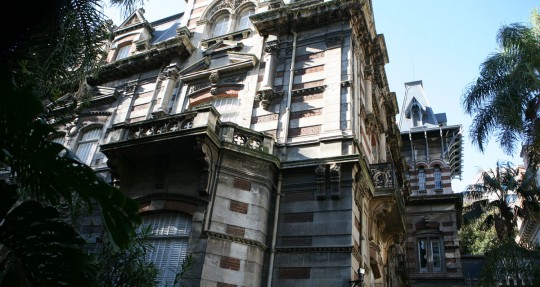
As soon as we arrived, we began to search an apartment, to avoid the costly option of having to take a hotel. In less than two hours, we got one. After sending few emails, we spoke to the owner of an internet café, and she knew someone who knew someone…
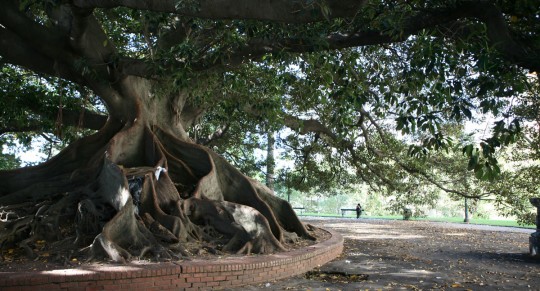
So we got ourselves a one bedroom apartment in the Collegiales neighborhood starting the following day. At US$250 a week, it was a little bit more money I wanted to spend, but Argentina had become more and more expensive.
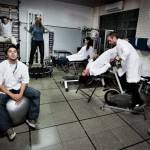
However, for our first night in the city, we met with Diego, an Argentinean photograph who contacted us after finding the website. He invited us for supper, and offered us to sleep at his apartment. He took a shot with us, and I encourage you to check out his photo feed here.
The following day, we moved in our new home, and tried to adapt and live again like normal peoples. Difficult task for the gypsies we became. Staying indoor was depressing after spending so much time camping and cooking in the great outdoors. And I am still restless. I just can’t wait to continue this expedition.
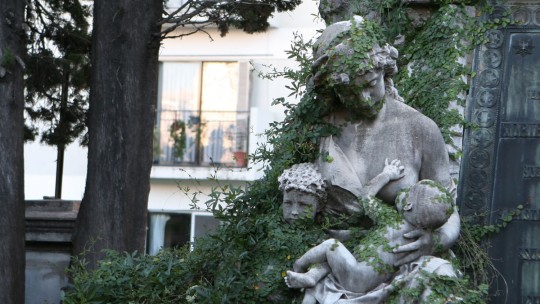
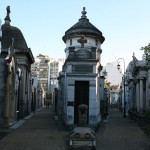
I had the hope to get an earlier boat, but in these days of economic slowdown, there is much less traffic on the world oceans.
For those who are interested in practical detail about the shipping, please find info and some contact information at the end of this post. For the others, just know it will cost me US$2,000 for the shipment, not including the port fees in Durban, South Africa, which I don’t know about yet.
In the meantime, my parents flew down to see me, and few days later, Nadia left to go to Brazil and my brother arrived in the city as well to join us.
I spent time with my parents when I was not busy with paperwork and fixing details on the truck.
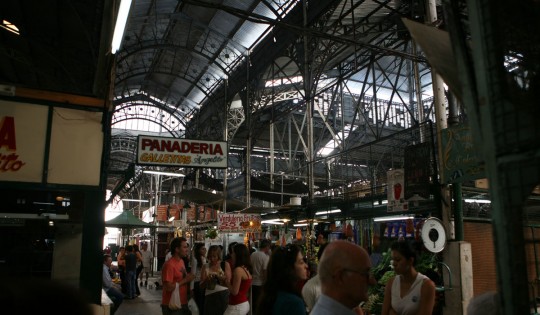
We spent time in the center of the city, and went out for diner a lot. The meat, as always in Argentina, was great. But I was longing for more, and hoped to find big markets in the city to try a diversity of food.
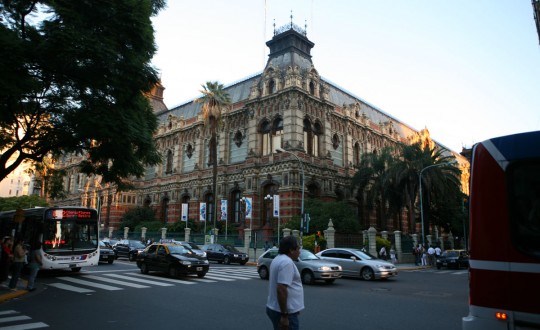
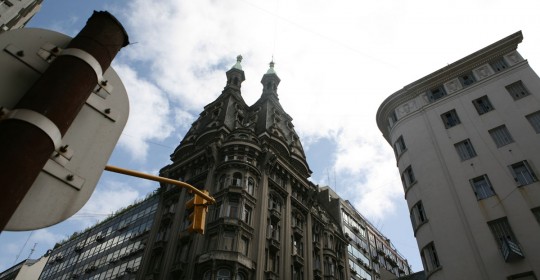
Maybe I spent too long thinking Buenos Aires, my last destination in South America, would be welcoming me with French-like food, as all travelers going north were enthusiastic about it. Regardless, my evenings are synonyms of sausages and steaks.
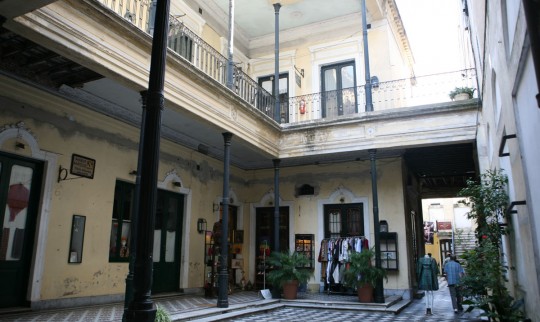
I also spent much time researching the next leg of my trip. I mentioned last time that I was going to follow the east coast rather than the west coast of Africa. Now, the problem I have to solve is the missing link between Africa and the Middle East. The one problematic country is Egypt. To cross it by car, you need to let a guaranty equivalent to 800% of the value of the vehicle.
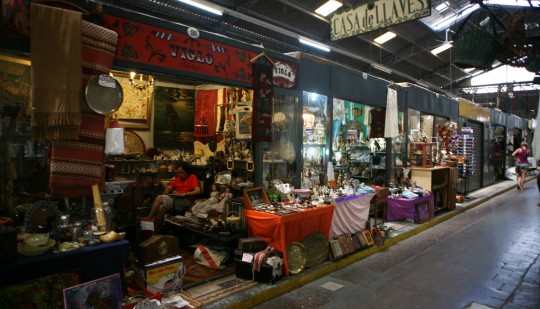
My truck, according to AAA is worth US$6,800 which means I would have to hand down $50k just to cross the country. So I have to find another solution, and there are not many.
– The first one is to go up to Sudan, and try to take a ferry in Port Sudan to Jeddah in Saudi Arabia. From there, go up to Jordan. The problem with this route? Getting the Saudi Arabia visa. Valid for three days, the transit visa let you just enough time to go through. If you can get it which seams pretty difficult.
– The other solution would be to sail from Djibouti or Eritrea to Yemen, and drive to Oman and the United Arab Emirates, where I could sail directly to Iran. The problem here is crossing Yemen, which the U.S. State Department just issued a travel warning for, due to a high level of terrorist activities.
The important thing is to have some options, and I am confident there will be a way of getting out of Africa…
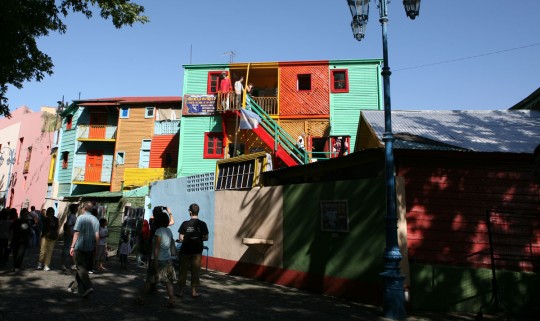
Today, I finally went to the port, and loaded the truck in the container. I will miss driving and see new places every day, and still have three weeks before being back on the road. I got a flight ticket to Johannesburg for April 15 and will take the bus to Durban to get the truck.
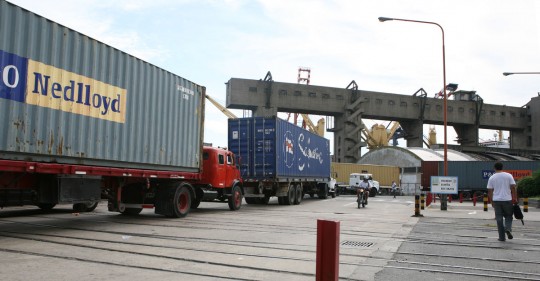
The next few weeks may not see much activity on this website, but please stick with me as there will be new adventures here soon, and not the least exciting: Africa!
Notes for those of you who are interested in shipping a truck out of Buenos Aires:
This is pretty straight forward. For my destination, two companies were less expensive. Hamburg Sud, and MOL. Here are the contact info:
Federico J. Boettner
Hamburg – Süd / Aliança
Phone: ++54 11 5789-9900 – ext 366
E.mail: federico.boettner [AT] ar.hamburgsud.com
and
Luisina V. Abruzzese
Agencia Maritima Sudocean c/o MOL
labruzzese [AT] ocean.com.ar
A big part of the cost is the port fees. My quote to go to Africa is app. US$2,000 and of that, $1,000 go to the port here in Agentina. Not sure yet about the fees in Africa. The container stuffing cost depends a lot of the terminal. On T4, I paid US$450, but on another terminal, I may have paid US$900. When you have you company nailed down, you need to make a copy of every page of your passport, and go to a notary to certify the copy. You also need a certified copy of your outbound flight ticket. Everything should cost you US$60. Then you go to the custom office located at the port, where the cruise ships leave. There, you should give them a copy of the vehicle title, the copies of passport and ticket, and sometimes they can ask you for a copy of the content of the vehicle. You also need to bring them the paper the Aduana gave you when you entered the country.
If you go there at 9:30, you should be done by noon.
Then, you can go the the port. You first need the gate permit to enter. Just bring the Aduana papers in the building at the entrance. They will take care of you there, and dispatch a custom officer to check your vehicle and seal the container. You can be done there in just three hours after several back and forth between the warehouse where you are stuffing and the aduana. Not bad at all.

